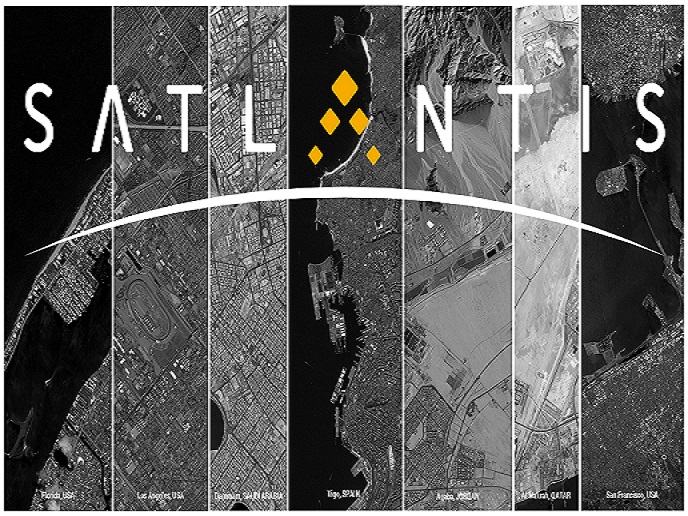Catching up with iSIM: An innovative Spanish SME soars to success with its innovative satellite camera
The iSIM (Integrated Standard Imager for Earth Observation Microsatellites) satellite camera developed by Spain’s SATLANTIS is only 15 kg in mass, four times more precise and 80 % less expensive than its counterparts. This resonates with one of the biggest trends in the satellite industry right now, that of miniaturisation – satellites overall are becoming smaller, leaner, more compact and yet able to execute more functions than ever before.
Delayed launches but commercial success
What had been exciting for SATLANTIS was that two big missions were being planned to get the iSIM camera up into space in 2020, one to the International Space Station and one dedicated to the oil and gas sector. “And unfortunately, mainly due to COVID-19, both have been delayed,” says Dasí. “But they are going ahead, specifically at the end of 2021 for the International Space Station and mid-2022 for the mission dedicated to the oil and gas sector.” But things have been going well for SATLANTIS regardless of the delays. Other than the delayed launches, luckily the pandemic has not significantly affected SATLANTIS in terms of development and production. “We’ve really managed to fulfil our commercial expectations over the last year as we move out of our start-up phase,” Dasí continues. “We delivered one camera in 2020 and another one is due to be delivered by mid-2021. We’re also implementing our industrial plan for the assembly and integration of 10 cameras for 2021.”
Validating the technology, understanding the markets
SATLANTIS has been on quite the ride to success over the past few years and Dasí details enthusiastically how the EU-funded SME Instrument project has been extremely useful in terms of validating their core technology and learning to develop the business through a thorough understanding of the market. “We have collected much better insights on customer demands and we know that they demand cameras oriented towards solutions and challenges, rather than hard technical specifications delivery,” she adds. “For example, today we’re focusing on solutions for fire monitoring, greenhouse gas detection and sea coast surveillance, amongst others. For this, we combine cameras with narrow and broad multispectral filter bands and consistent sensor integration.” Overall, the EU funding was critical for the company, according to Dasí. “It helped us to achieve our most important technical milestone, the In-Orbit Demonstration of our iSIM technology, proving its capability to provide submeter resolution, and has had a direct impact on our position in the international market to become a more solid actor within the New Space sector,” she concludes.
Keywords
iSIM, SATLANTIS, Earth Observation, satellite, camera, International Space Station, space



